Bruce West is a photographer and professor at Missouri State University. His photographic projects include Take Time to Appreciate (a survey of the rural landscape and culture of Mississippi), The True Gospel Preached Here (a documentation of the spiritual and creative work of Reverend H.D. and Margaret Dennis), A Portrait of the Troubles (portraits of individuals whose lives were affected by The Troubles in Northern Ireland), and I Will Fly Away (a study of diverse religious communities in southwest Missouri).


The True Gospel Preached Here
My series of color photographs entitled The True Gospel Preached Here documents the spiritual and creative work of Reverend H.D. and Margaret Dennis, a self-proclaimed preacher/artist/architect and his wife in Vicksburg, Mississippi. This elderly couple devoted more than twenty years of their lives to converting Margaret’s Grocery Store into a one-of-a-kind, nondenominational church. Their elaborate transformation of Margaret’s Grocery resulted in the creation of a major site of American folk art and architecture. In his list of the ten most significant examples of Southern architecture, noted American architect and MacArthur fellow, Samuel Mockbee, described Margaret’s Grocery: “Built by Reverend H.D. Dennis, its crude materials and methods of construction place it in an ethereal state of being and perpetual sense of beauty.”
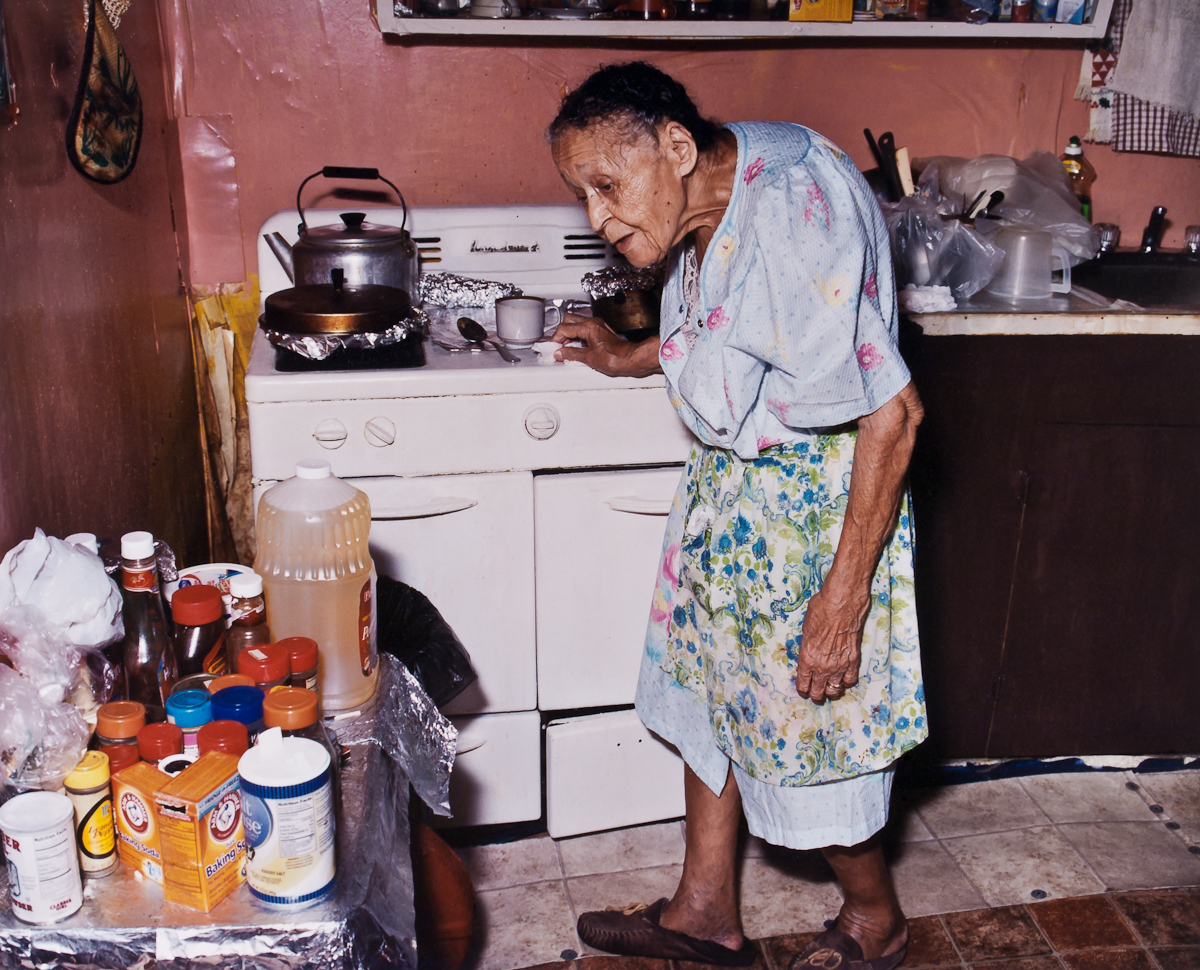
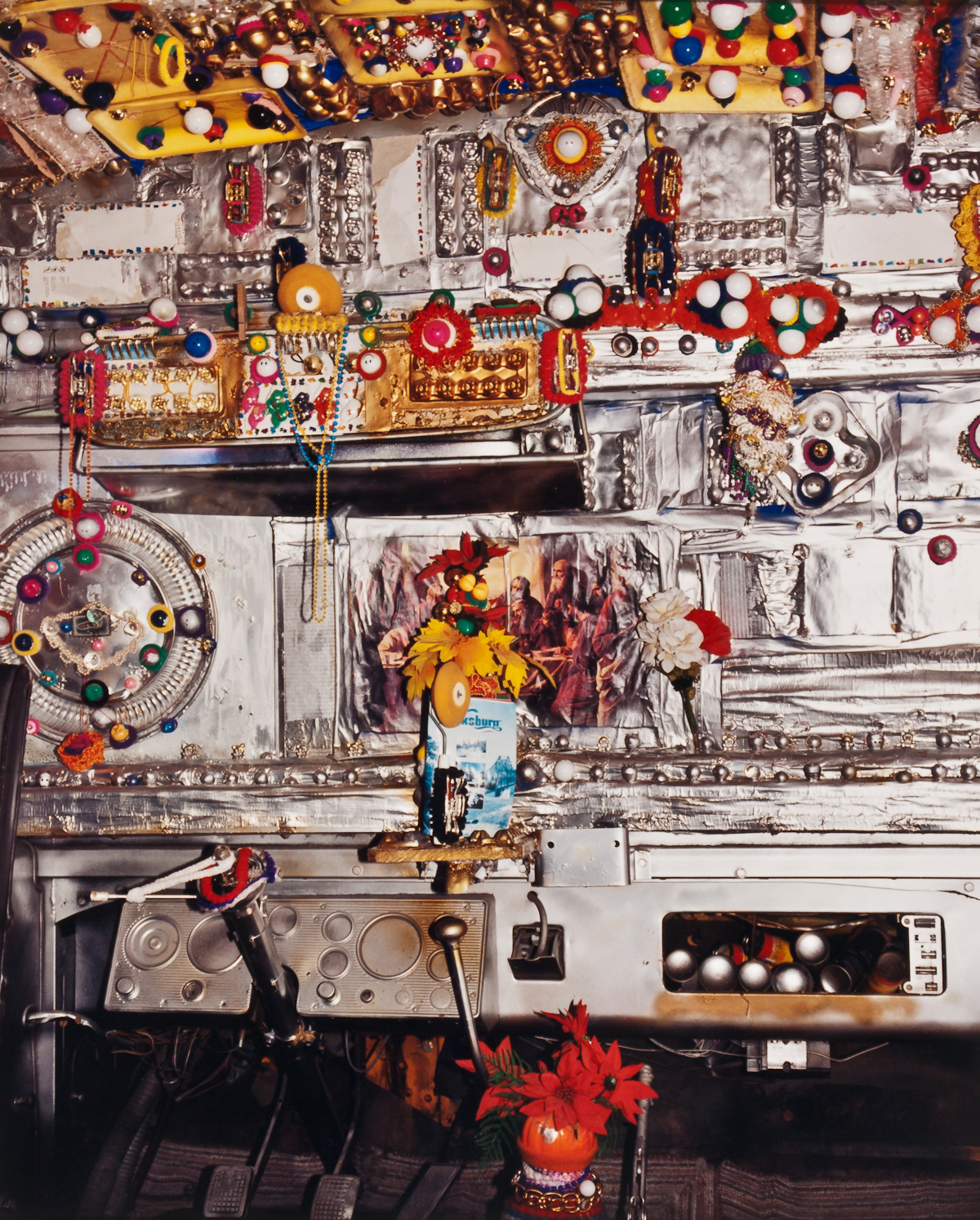

Guided by visions from God, the Dennis’s conversion of Margaret’s Grocery was an inspired labor of love involving the construction of several towers, the creation of the Ark of the Covenant containing tablets inscribed with the Ten Commandments, the invention of new religious iconography and vibrant decorations. A sign at the entrance of Margaret’s Grocery announced: “Welcome Jews and Gentiles—This Church Open 24 Hours a Day.” Another sign promised: “The True Gospel Preached Here.” The towers and the exterior of the former store were covered in bands of high-gloss red, white, blue, green, yellow and pink paint. The interior walls and ceilings of the store and an old school bus were encrusted with religious artifacts, Mardi Gras beads, plastic flowers, hubcaps, Christmas lights and decorations, stuffed toy animals and all manner of discarded items. The Reverend used his church as a roadside attraction to lure visitors, a site where he would deliver fiery sermons and orations about the need to “practice living perfectly” and the ceaseless pursuit of wisdom and knowledge. He preached that all religions are one and that all races and creeds must love one another and live in harmony. The Reverend’s re-telling of Bible stories incorporated unique elaborations and interpretations. In the Garden of Eden, the snake walks upright and waves a flashy tail full of diamonds, rubies, and pearls. Eve must do his bidding because women love pretty things.

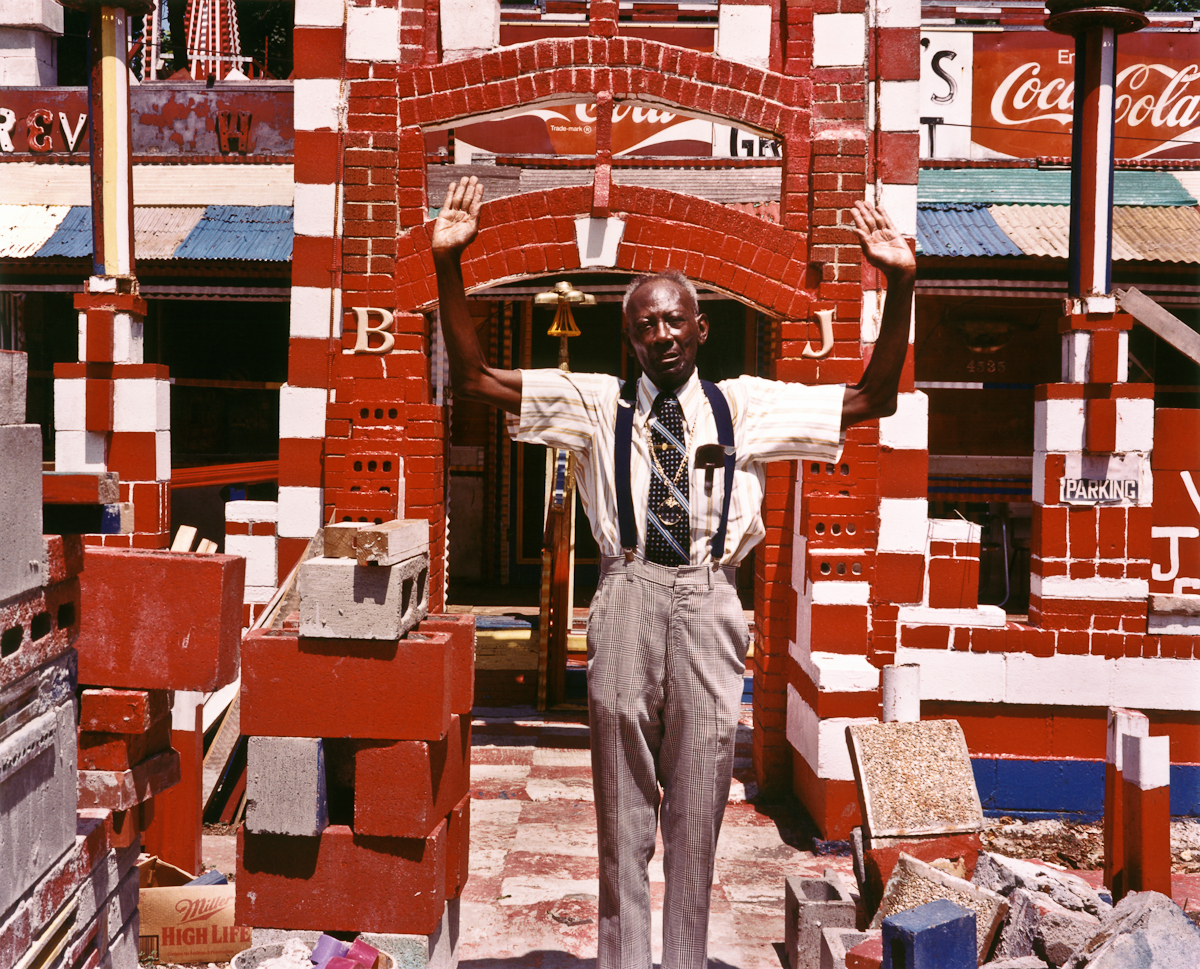

As God’s appointed Spiritual Advisor to the World, Reverend Dennis’ life history was filled with stories of miracles and divine intercessions. One of the Reverend’s favorite stories recounted his own birth. While giving birth, the Reverend’s mother died, and the Reverend was left unattended in a deserted house. The Reverend survived this ordeal because angels came down from heaven to nurture and protect him. After three days, he was discovered by neighbors who smelled the decay of his mother’s body. When the Reverend was still a baby, a “twister” touched down, picked up the Reverend and transported him to Arkansas where he was safely dropped, laughing, on to soft vegetation. Other narratives described miraculous events that protected the preacher when he served as a gunner in the South Pacific in WWII. Such occurrences convinced the Reverend of his true calling in life. Inspired by these stories, I often portray Reverend Dennis as a mystic or Old Testament prophet.


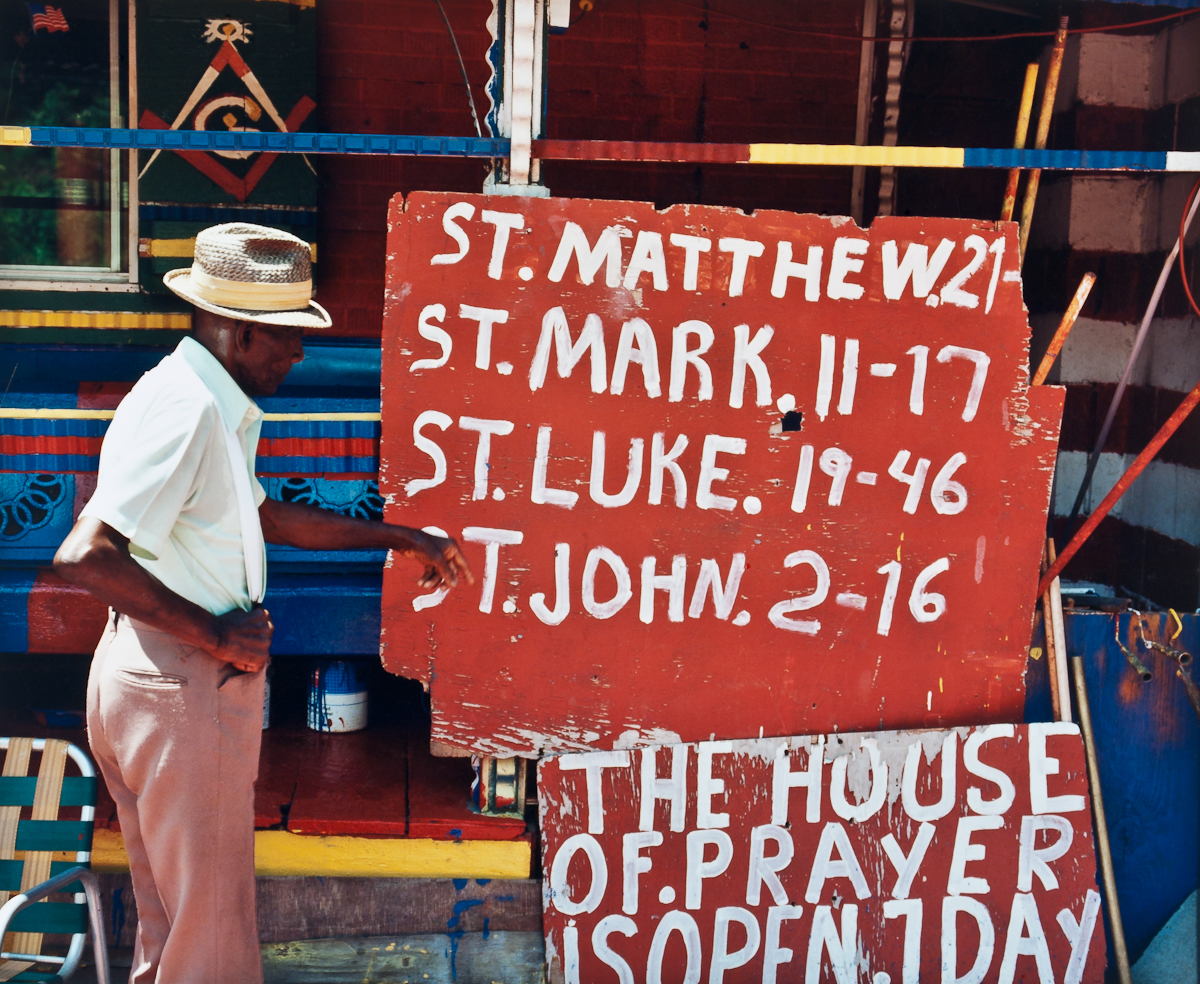
While documenting the Dennises and their work, my photographs address a number of other themes and subtexts: the Reverend and Margaret’s love of God and their love for one another, their commitment to their work, the role of spirituality in southern culture, folk art and creativity, the joys and demands of the ascetic life and the process of growing older. On a more personal level, my photographs reveal the evolution of my relationship with the Reverend and Margaret over the past eighteen years. When I first arrived in 1994, I was just one of a large number of visitors who stopped to view the primitive splendor of Margaret’s Grocery. For the first few years, I must admit I was quite intimidated by the Reverend as he charged up, denounced me as a sinner and demanded repentance. As I continued to visit and photograph, however, our relationship slowly changed until the Reverend and Margaret called me their white son and I embraced them as my mother and father. My photographs are a testimony of my love, respect, and admiration.
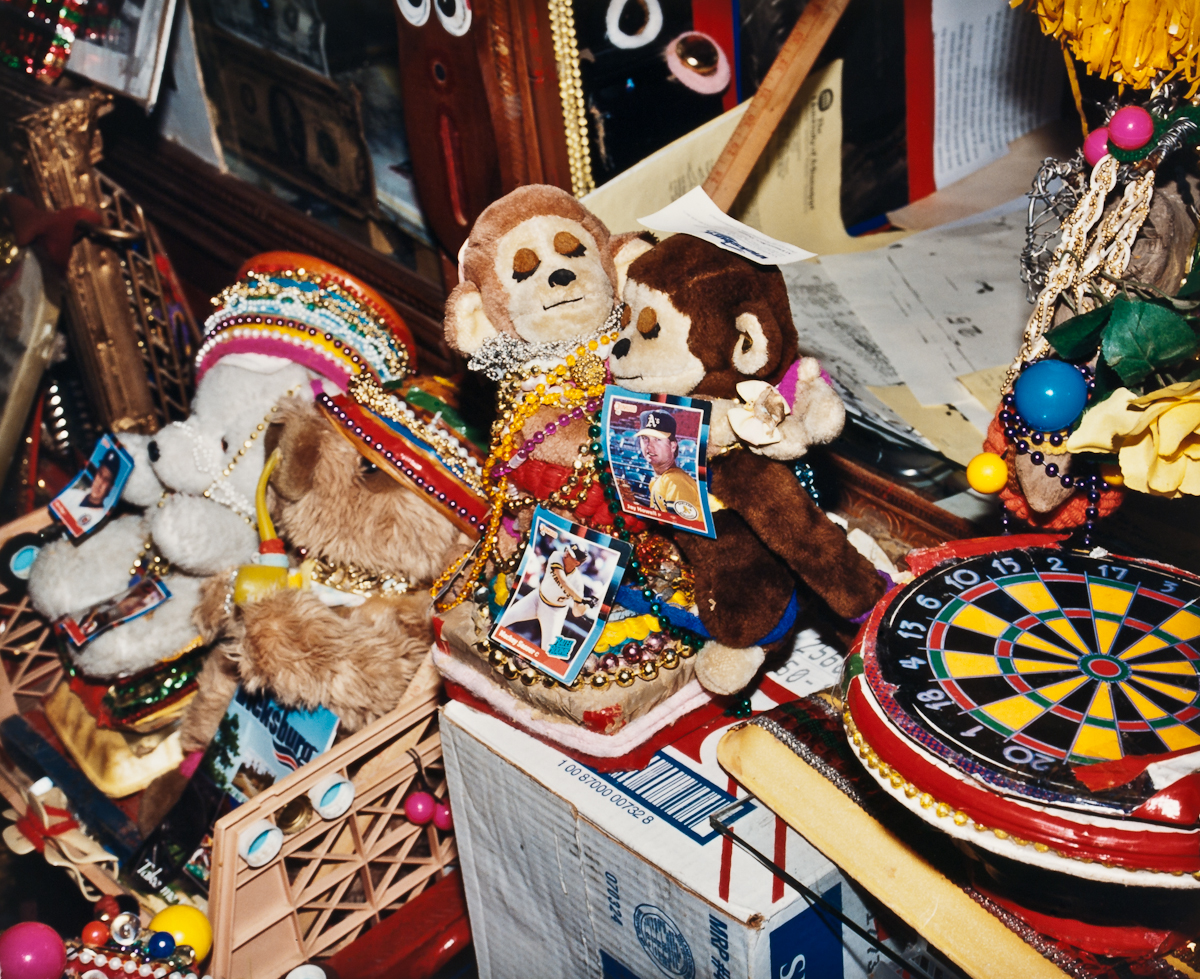

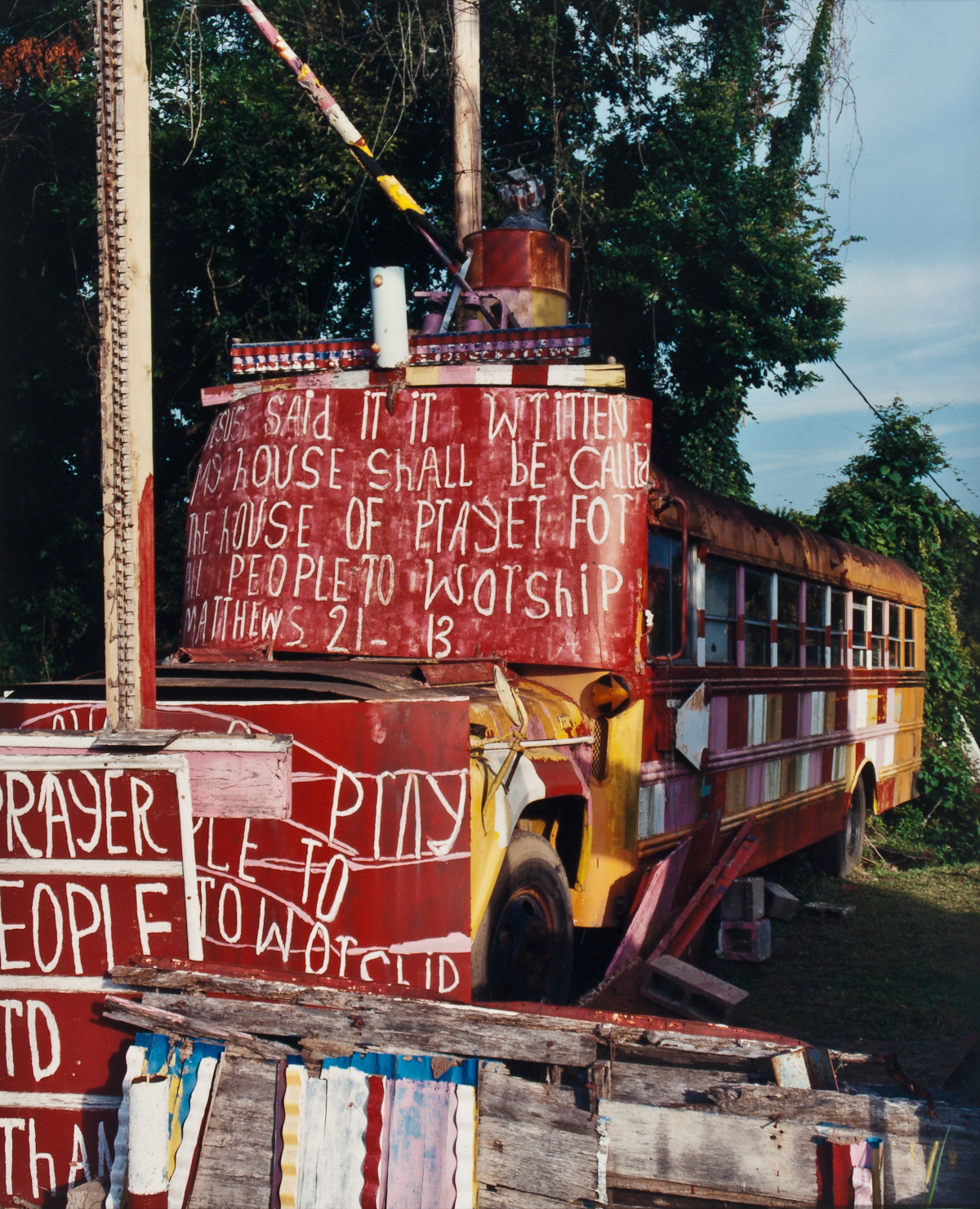
To view more of Bruce’s work please visit his website.